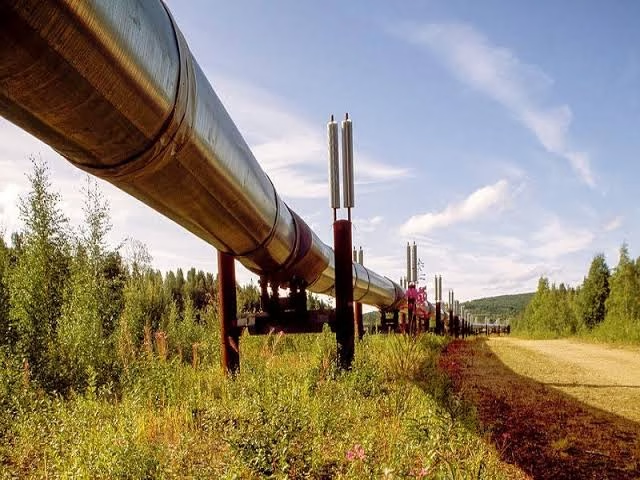Last Updated 1st September 2025– East African Crude Oil Pipeline, world’s longest heated pipeline is on track to be commissioned in the near future. Following the commissioning of the project, Uganda will become Africa’s newest major crude exporter. African Energy recently visited the site, where swift progress has been made following previous funding delays.
Also, Tilenga and 40,000 b/d China National Offshore Oil Company (Cnooc)-operated Kingfisher upstream developments, is on track for pre-commissioning in April 2026 ahead of a formal June.
The East African Crude Oil Pipeline Project (EACOP), has a length of 1,443 kilometres. As of June, the project’s completion status was at 60% according to a report. This major project aims to boost East Africa’s growth by transporting oil from Uganda’s Lake Albert oilfields to the Port of Tanga in Tanzania. So far, it has created about 6,000 jobs.
The update came during a visit by the Energy and Water Utilities Regulatory Authority (EWURA) Board of Directors to the project site in Chongoleani, Tanga Region.
East African Crude Oil Pipeline Project Factsheet
Name: East African Crude Oil Pipeline (EACOP), also known as the Uganda–Tanzania Crude Oil Pipeline (UTCOP).
Length: 1,443 km (approximately 296 km in Uganda and 1,147 km in Tanzania).
Diameter: 24 inches (61 cm)
Capacity: Peak capacity of 246,000 barrels of crude oil per day.
Cost: Approximately $5 billion.
Positive Remarks on the Project
After the visit, Engineer Ngosi Mwihava, Chair of the Board’s Energy Committee, said the EWURA Board is happy with the project’s progress. He added that EWURA is closely watching the project to make sure Tanzanians gain from the jobs and business opportunities it brings.
Godfrey Mponda, EACOP’s Director of Human Resources and Corporate Affairs, said that out of the 6,000 people employed so far, 70% are locals living near the pipeline.
Mr. Mponda noted that this shows a strong level of local involvement in the project.
Tanga Regional Commissioner, Dr. Batilda Burian, told the Board that the region is already seeing benefits. More local suppliers have signed up with EWURA, giving them a chance to take part in the project.
EACOP Owners
Several partners own the EACOP project. These include: Uganda National Oil Company (UNOC), TotalEnergies E&P Uganda, CNOOC Uganda, and Tanzania Petroleum Development Corporation (TPDC).
Their shares are divided as follows: TotalEnergies holds 62%, while UNOC and TPDC each own 15%, and CNOOC has 8%.
The pipeline will carry oil from Kabaale–Hoima in Uganda to the Chongoleani Peninsula near Tanga. It will be able to move up to 246,000 barrels of oil per day.
According to the EACOP website, this pipeline along with the Tilenga and Kingfisher projects will bring big benefits to Uganda and Tanzania. These include tax revenue, new jobs, more local business involvement, better infrastructure, improved logistics, and stronger trade between the two countries.
Cost of the East African Crude Oil Pipeline Project
With an investment of around $4 billion, the pipeline is one of the largest foreign investments in both Uganda and Tanzania.
The EACOP website also states that the project will help improve the transport link between the two countries. It will lead to better roads, upgraded logistics systems, and faster communication through the use of fibre-optic cables.

